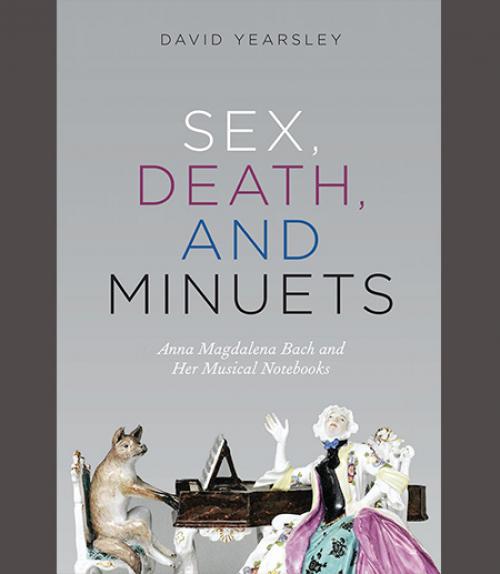
 Department Homepage
The College of Arts & Sciences
Department Homepage
The College of Arts & Sciences
Book reveals life and times of Anna Magdalena Bach
Anna Magdalena Bach has been called “history’s most famous musical wife and mother.”



